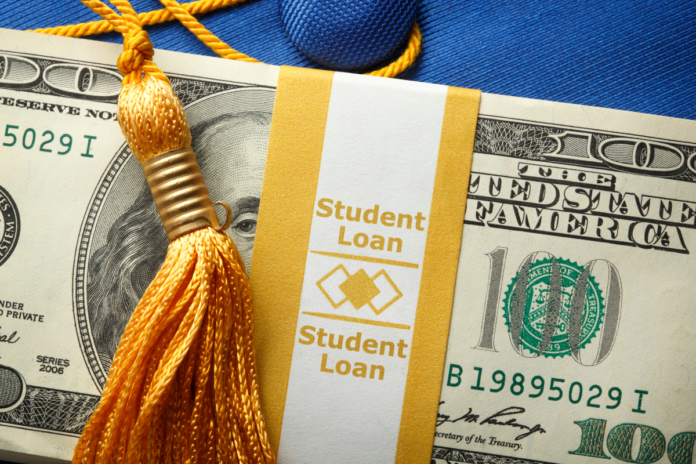As of 2017, student debt in America reached an epic 1.6 trillion dollars and didn’t stop growing now that it is 2022. Economists suggest this debt means that individuals are getting higher educations which will lead to higher paying jobs and a boost to the economy, but the fact is that most students will carry over 30, 000 in debt when they graduate from a 4-year program. There are many tips and tools that a student can look into even while they are going to school to reduce this debt before they graduate and after.
Use Your Grace Period
It might be desirable to wait until you have to pay down your loans after graduation and wait until after the grace period to start paying. If you can start paying into your loan right away, then why wait? You may not have a lot of disposable income at the beginning of your career, but putting as much as you can towards your loan will help bring your debt down faster and make it easier to manage. If possible, you can also make money online doing freelance work, or get a part-time job to help pay for your student loans.
Loan Repayment Options
Most individuals make the mistake of starting to pay off their debt without looking into the interest rates or payment options available to them. There are a lot of independent financial institutions that use debt management software like that provided to Payitoff to help students find the best interest rates and flexible payment schedules that fit in with their current situation. The software available from Payitoff has helped students save an average of $240 a month in payments and a total of $60, 000 over the lifetime of the loans.
Seek Opportunities for Loan Forgiveness
There are many employers who will offer loan repayment as a perk of working for them. Positions in certain sectors like government or non-profit jobs will qualify employees for loan forgiveness after some conditions are met. You can look into other employment situations where loan forgiveness is an option such as working in underprivileged communities or low-income areas where professionals are desperately needed. Doctors, teachers, lawyers, and dentists are all careers that when practicing in a rural or low-income community can offer complete or partial loan forgiveness.
Sign Up for Automatic Deductions
Some lenders will offer a lower interest rate for individuals who sign up for automatic deductions for their loan payments. If you sign up for a higher frequency payment schedule, you may be eligible for an even lower interest rate. Automatic payments also reduce the chance of missed payments resulting in fees.
Avoid Borrowing More Than You Need
It is very tempting to accept all of the money that is being offered to you but if you don’t need it, then you are not obligated to take it. It may seem counter-intuitive to turn down money for your education, but if you can stay on budget and not overspend, you will be thankful you don’t have any extra to pay off. If you do decide to take the full amount, you can look into investing for the duration of your schooling.
With trillions in debt, students today spend a long time paying off their students loan when they enter the workforce. If you follow these tips, you will find that the debt is easier to manage and much less than you anticipated. Using software apps to help you budget and refinancing your loans for a better interest rate are ways that modern technology can help you resolve your student debt sooner.





